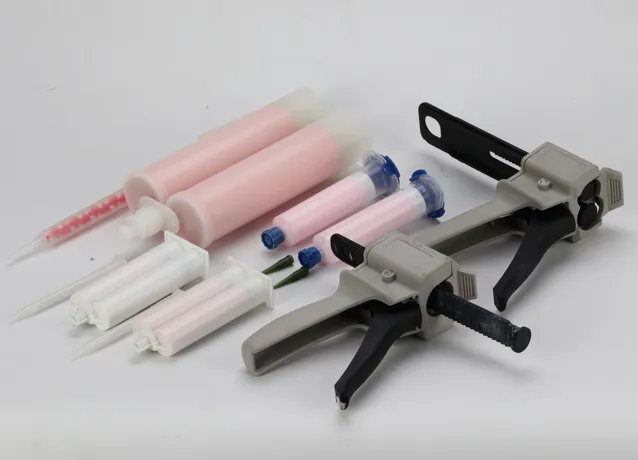
In reality, two solid surfaces in contact with each other, the actual contact between the two is some discrete areas, and the other non-contact interfaces are filled with air, and the heat will be subjected to additional resistance when passing through, which is called the contact thermal resistance, and the contact between the two is The greater the thermal resistance, the higher the resistance to the heat passing through, so the role of the thermal interface material is to effectively reduce the contact thermal resistance, so that the heat can be quickly transferred to the heat sink.
There must be gaps between the surfaces. The thermal interface material fills the contact interface, reduces the contact thermal resistance, and removes the air in the gap, thereby improving the heat transfer efficiency. There are many types of tthermal interface material, which are different in different materials and application environments. choice, but they mainly improve the cooling effect of the device, so as to ensure that the device will not be damaged by high temperature.

 English
English
 usheenthermal
usheenthermal



